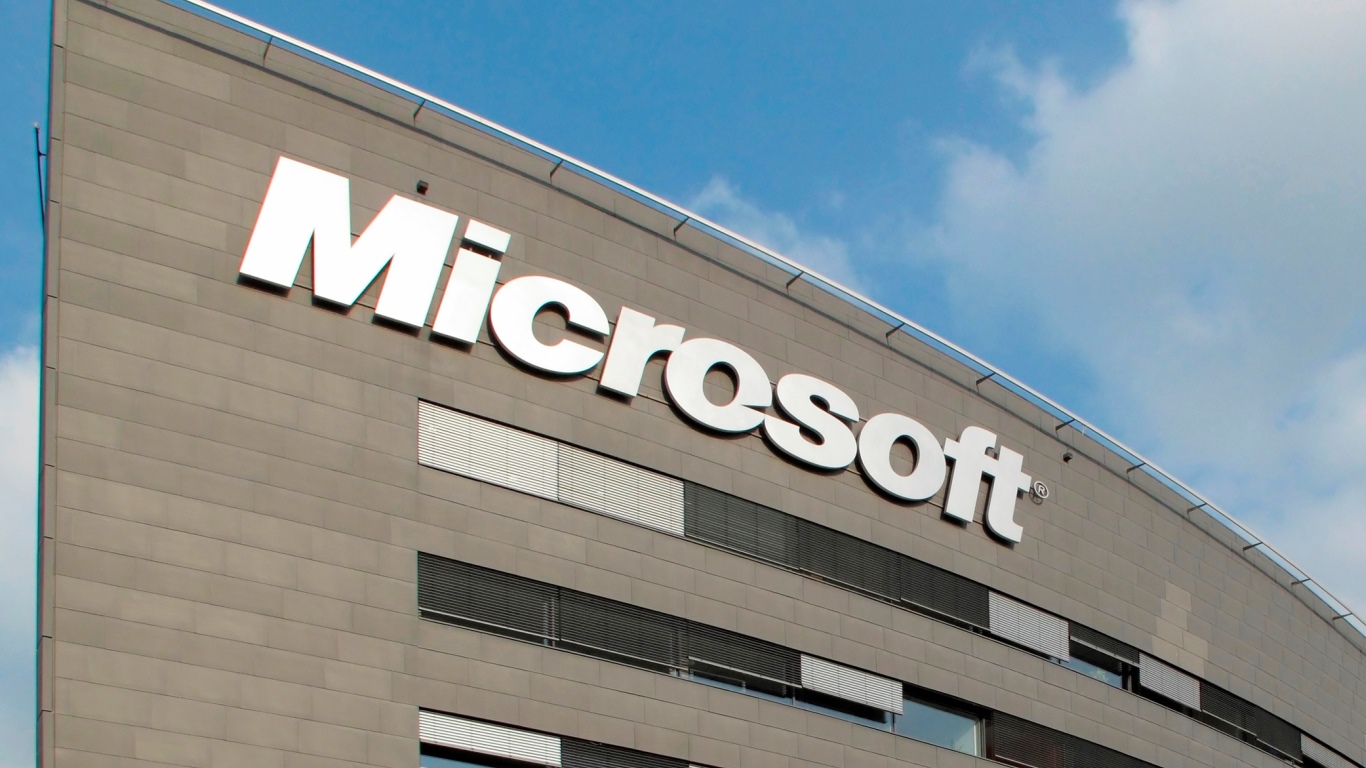Technology
Beyond Carbon Neutral: Microsoft Seeks to Be Carbon Negative

Published:
Last Updated:

It seems that environmental, sustainability and governance (ESG) themes in corporate America are getting increased attention in 2020. Companies are ramping up their environmental efforts with big financial commitments. More and more money is going into the ESG investment-related funds. Microsoft Corp. (NASDAQ: MSFT) is already high on the list in ESG indexes and exchange-traded funds. Now the software and technology giant has an even larger environmental goal: it wants to be carbon negative.
Microsoft has announced a new plan to reduce its carbon footprint and ultimately to remove that carbon footprint entirely. The company’s goal is to be carbon negative by 2030, and the company’s longer-term goal (2050) is to be able to have removed all the carbon from the environment that the company has emitted (either directly or by electrical consumption) since it was founded in 1975.
Microsoft is not just targeting lowering its carbon emissions over the next decade. The company is targeting its direct emissions, as well as emissions for the company’s entire supply and value chain. This includes a new initiative to use Microsoft technology to help the company’s suppliers and customers shrink their own carbon footprints. Microsoft is also launching a new $1 billion climate innovation fund, with a target to “accelerate the global development of carbon reduction, capture and removal technologies.” As for its supply chain, the company pledged to make carbon reduction an explicit aspect of its procurement processes for its supply chain.
To go a step further, Microsoft will release an annual environmental sustainability report that will detail its carbon impact and reduction journey. The company said that it also will use its voice and advocacy to support public policy to accelerate carbon reduction and removal opportunities.
Microsoft also indicated how that principled approach will be carried out. The first step is a grounding in science and math, and the other steps were listed as follows:
Microsoft frequently is at the top of the list by weighting in each of the major ESG exchange-traded funds and mutual funds. Most of those index products are based on market capitalization rates and are adjusted periodically. With a cash balance of close to $140 billion on the latest balance sheet reading, the company has much more than ample assets to afford this undertaking.
A corporate blog post about how Microsoft intends to be carbon negative by 2030 includes more details. Making the announcement were CEO Satya Nadella, President Brad Smith, CFO Amy Hood and Chief Environmental Officer Lucas Joppa. Smith said:
While the world will need to reach net zero, those of us who can afford to move faster and go further should do so. That’s why today we are announcing an ambitious goal and a new plan to reduce and ultimately remove Microsoft’s carbon footprint. By 2030 Microsoft will be carbon negative, and by 2050 Microsoft will remove from the environment all the carbon the company has emitted either directly or by electrical consumption since it was founded in 1975.
Thank you for reading! Have some feedback for us?
Contact the 24/7 Wall St. editorial team.